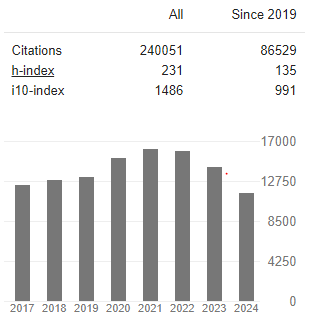Simulation-Based Design of Phase I Clinical Trial of Intravenous Vitamin C Treatment
Abstract
Luis R. Pericchi, Jorge Duconge, Jorge R. Miranda-Massari, Michael J Gonzalez, Marielys Nieves, David Torres and Steve Hickey
Adjunct therapy with intravenous vitamin C has the potential to enhance effectiveness of current treatments in cancer and other chronic conditions, while decreasing toxicity. Using estimates of toxicity at high vitamin C doses from available literature, we herein describe the use of mathematical simulations in 12 patients by applying the Continual Reassessment Method (CRM) to determine the optimal number of subjects per dose level to be enrolled in a clinical study of Puerto Rican cancer patients receiving high vitamin C intravenous doses. Two sources of a priori data (i.e., data by Hoffer and by Riordan) are used to perform the corresponding simulations. All except two of the episodes were either level 1 or 2 of toxicity. As expected, overall toxicity probabilities are higher from data by Riordan. No significant differences in terms of expected number of patients per dose level were observed after using either of the two sources of data. Based on results of the CRM approach, three subjects (n=3) per dose level is a large enough sample size to achieve the scientific goals of future trials. We concluded that the CRM method used in this clinical trial simulation minimizes some ethical and scientific dilemmas in sample size calculations that usually arise with standard designs



